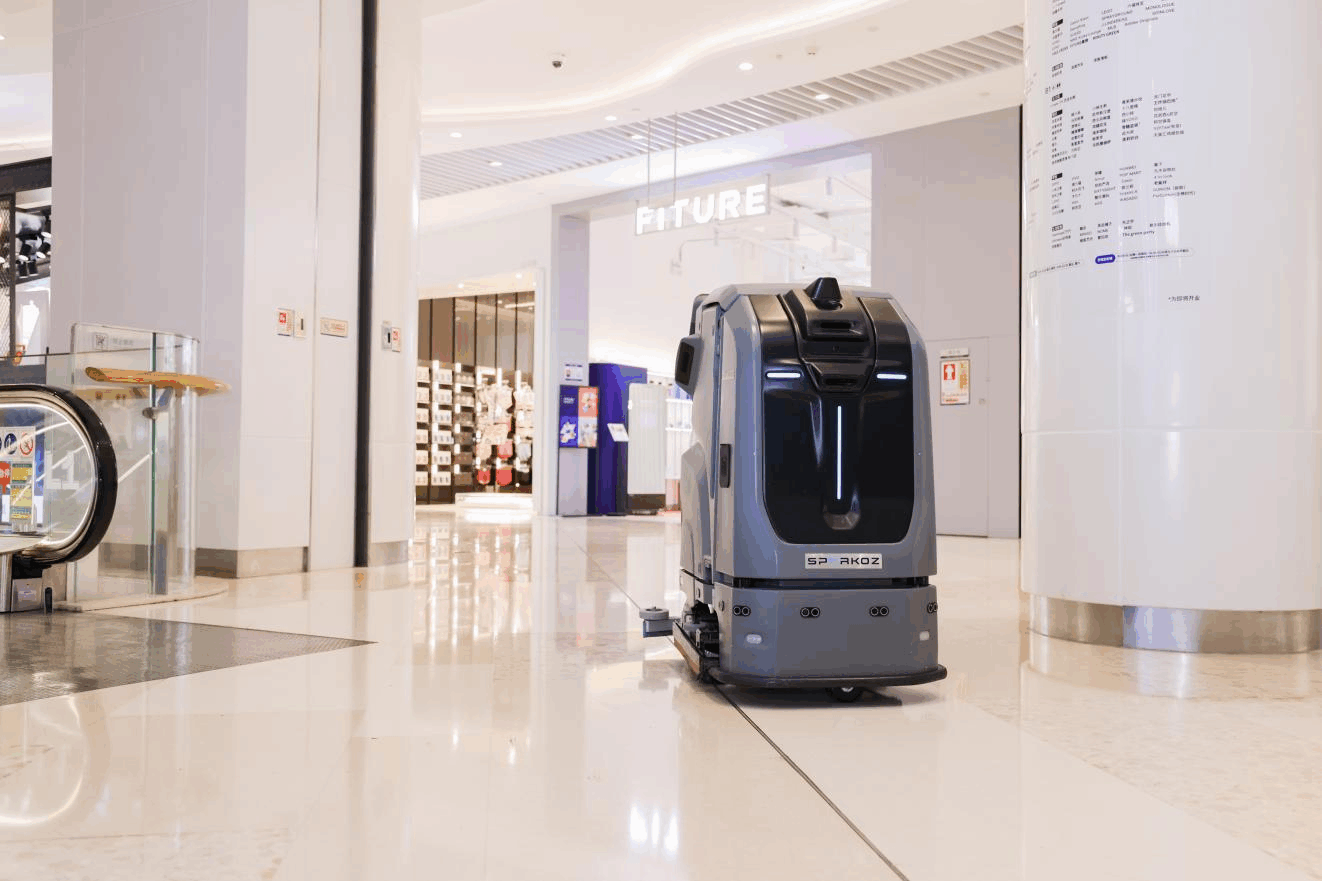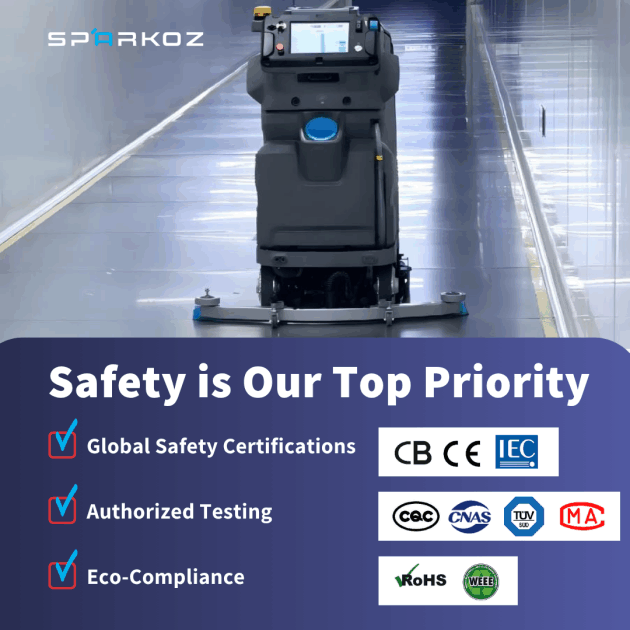
Why Automation is Surging
The market for commercial cleaning robots is growing fast. In 2024, global sales hit $744 million. By 2031, that number is expected to jump to $1.967 billion — a yearly growth rate of 15.1%.
The rise in adoption of cleaning robots is driven by the inadequacies of conventional cleaning methods, such as inefficiency,overlooked areas, workforce shortages, and failure to meet heightened hygiene standards. As demands for cleanliness grow, cleaning robots have transitioned from luxury items to essential tools. Asia Pacific is the leading region in the adoption of cleaning robots at 43%, followed by North America at 30% and Europe at 22%.
Table: Global Commercial Cleaning Robot Market Segmentation (2024)
Product Type | Market Share | Main Use Places |
|
Floor Washing Robot | 40% | Malls, Hospitals, Airports |
|
Sweeping Robot | 25% | Offices, Factory Floors |
|
Vacuuming Robot | 20% | Hotels, Restaurants |
|
Multi-function Unit | 15% | Mixed-Use Complexes |
|
Their dominance reflects the priority given to maintaining clean, safe floors in public areas with heavy foot traffic and infection control needs.
What Makes Cleaning Robots So Effective?
1.Precision Cleaning
Human cleaners sometimes miss spots, robots can avoid this problem. They use laser sensors and cameras to map spaces precisely and typically clean over 99% of accessible floor areas. In hospital hallways, this accuracy prevents infection risks.
2.Data-Driven Hygiene Monitoring
Equipped with high-resolution sensors, these systems gather real-time hygiene data by tracking surface moisture, bacteria levels, and chemical residue. Facility managers see this data on color-coded maps where high-risk areas stand out clearly. When an airport checkpoint shows high bacteria, robots increase cleaning there automatically.
3.Touch-Free Safety
Touch-free operations are increasingly crucial in sensitive environments. Some robots are able to clean these areas efficiently, especially during times of flu outbreaks when minimizing human contact is vital. Hospital wards and labs are utilizing autonomous cleaning robots to prevent the spread of viruses through staff or cleaning equipment, ensuring a safe and hygienic environment for patients and workers alike.
Inside the Technology
to advanced sensors, many modern robots can now navigate crowded spaces with real-time adjustments. This advanced navigation allows them to spot obstacles as small as 2cm, even in crowded areas like busy malls, and adjust their path instantly for thorough, collision-free cleaning.
Advanced Disinfection
New fully autonomous cleaning robots developed by some companies use UV light, spray systems, and precise chemical dosing. A hospital cleaning robot designed to kill most surface pathogens quickly, with UV disinfection completing in under 15 minutes in optimal conditions. Motion sensors will turn off UV when people approach, keeping everyone safe.
Self-Cleaning Design
To prevent robots from becoming sources of contamination themselves, many new models feature auto-cleaning systems. After each run, the robot wash their own tanks and brushes, using antimicrobial filters and silver-ion coatings to prevent microbial buildup.
Robots in Action: Transforming Key Industries
Hospitals: Fighting Infections
Clean robotic system, following infection control plans, disinfect patient rooms after transfers and avoid busy staff areas. A New York hospital using clean robotics cut infections by 37% and reduced chemical use by 52%.
Malls require robots operating discreetly (under 55 decibels) floors without disturbing shoppers and smartly sense crowds to avoid collision. An autonomous cleanning robot switches to slim mode when shoppers come near, working like invisible background staff.
Airports: Continuous Coverage
Miami International Airport has embraced innovative autonomous cleaning systems like Sparkoz's TN70,allowing them to efficiently clean up to 80,000 square meters daily with a significant reduction in water and energy usage.These autonomous systems not only save resources but also ensure thorough cleaning through cloud-connected scheduling that allows for deep cleaning overnight and light-duty tasks during the day.
Watch Sparkoz TN70 at airport in action: https://youtu.be/fXIb_jttaCc?si=OVWuucj4aR4SwVnQ
Meeting Safety and Compliance Standards
As these robots operate in public spaces, regulatory compliance matters. In Europe and North America, safety certifications require features like emergency shut-off buttons and anti-collision systems.
In parallel, data protection is also critical. Robots collect spatial data and environmental metrics, so models integrate encrypted storage or even blockchain to ensure cleaning records are tamper-proof and privacy-compliant.

Sparkoz Safety certification
Conclusion: Automation Becomes Essential
Commercial cleaning robots now offer real strategic value, not just novelty. As the market keeps growing, early users gain lower costs and better hygiene ratings. Over 500,000 robots work in malls, hospitals, and airports worldwide today. Each replaces 3.5 hours of daily human work while improving cleaning consistency by 40%.
Maintaining high hygiene standards in today's competitive market is essential for businesses to build trust with customers and uphold their reputation. Implementing automated systems has become a necessary investment rather than a luxury. Companies that utilize robots experience numerous advantages, including reduced infection rates, improved safety measures, and enhanced brand credibility. It is crucial for organizations to recognize that cleanliness is not a one-time task but an ongoing process that can be effectively managed through intelligent automation.